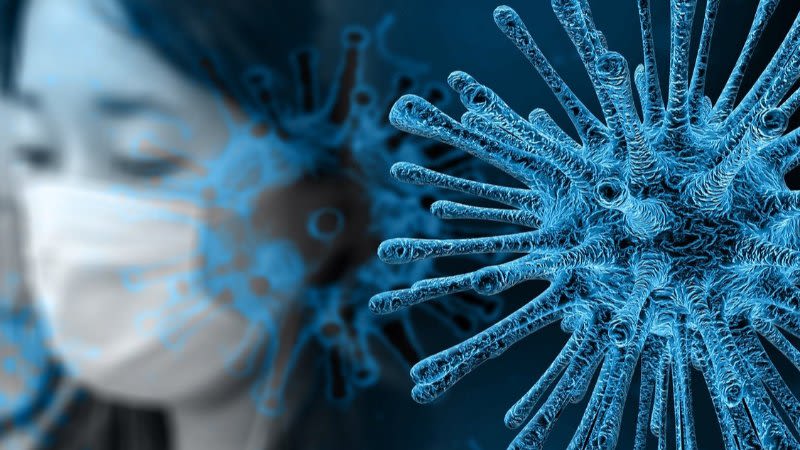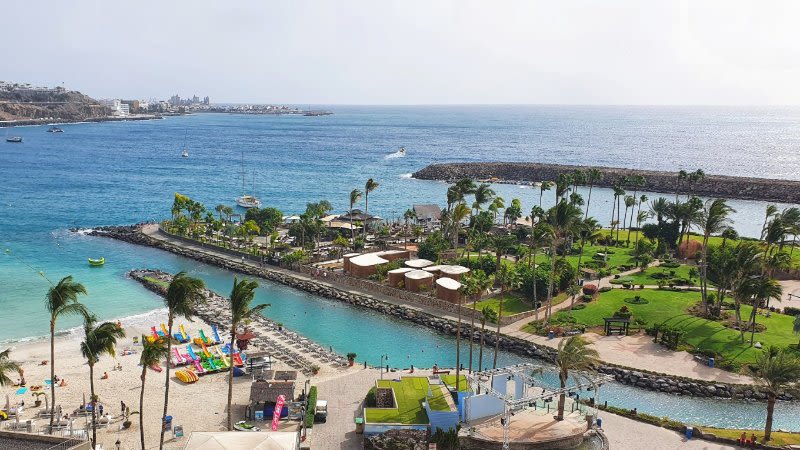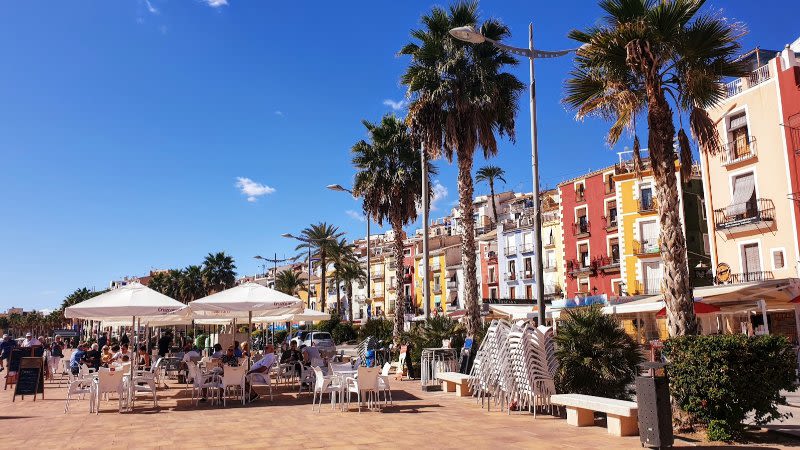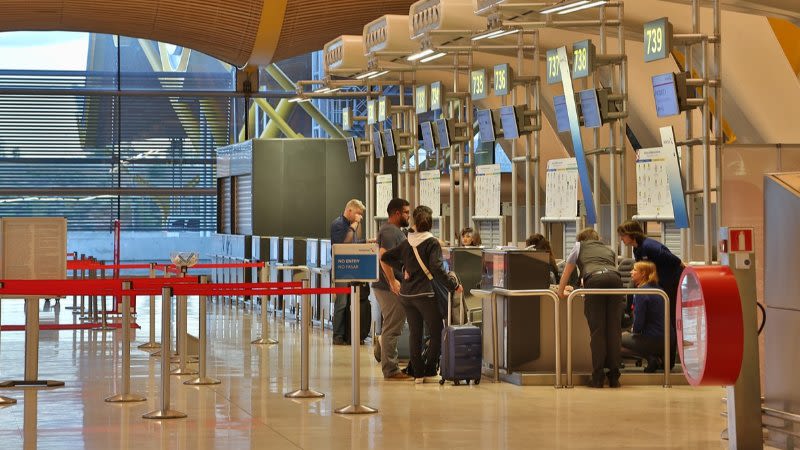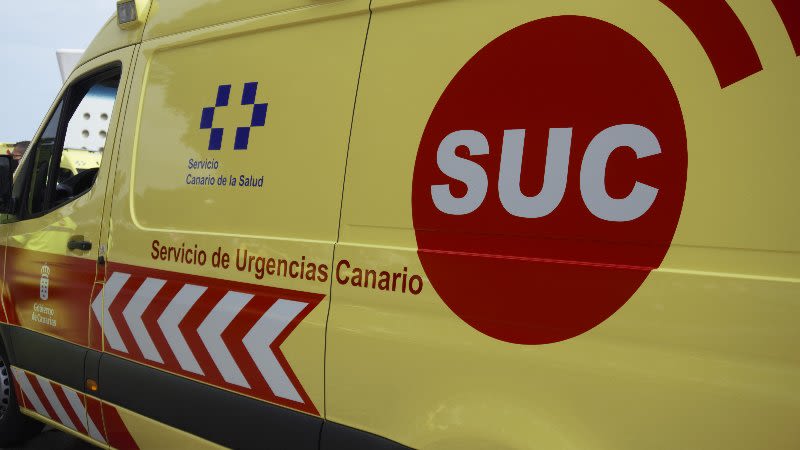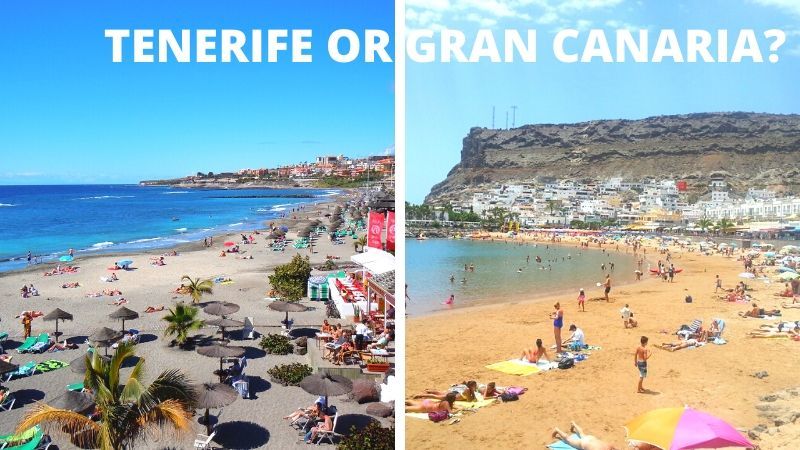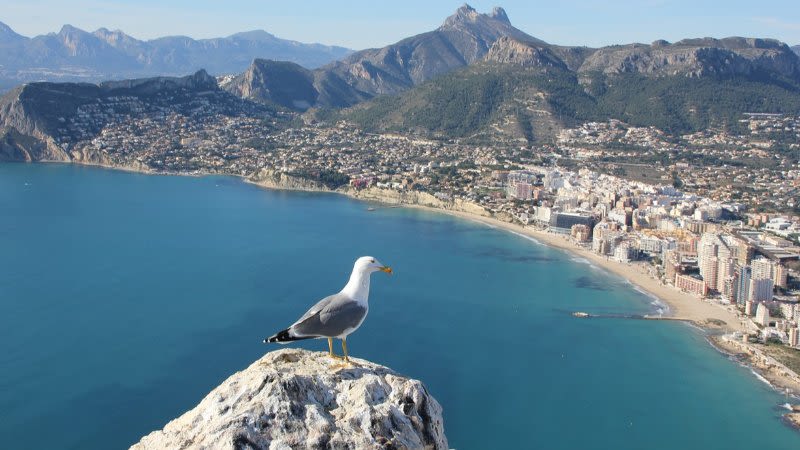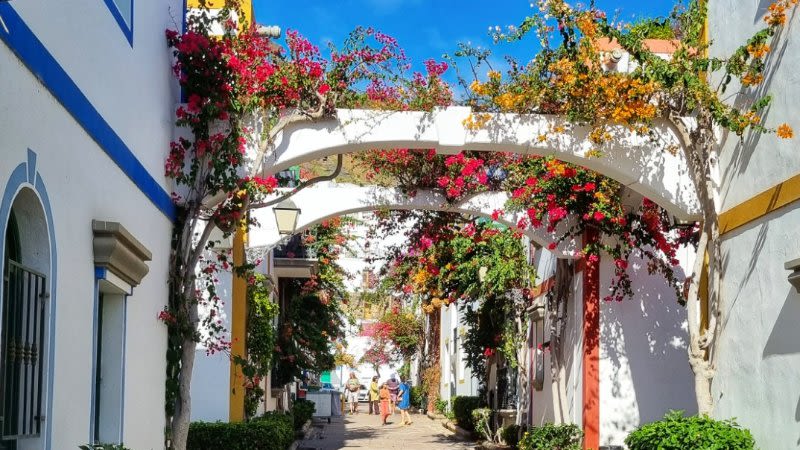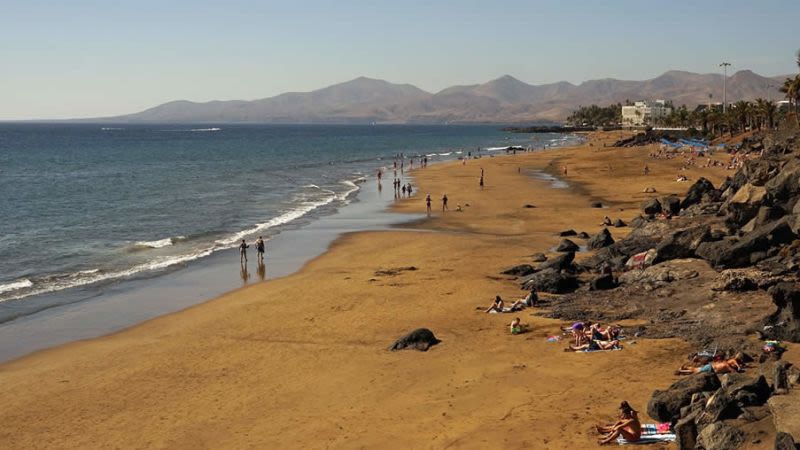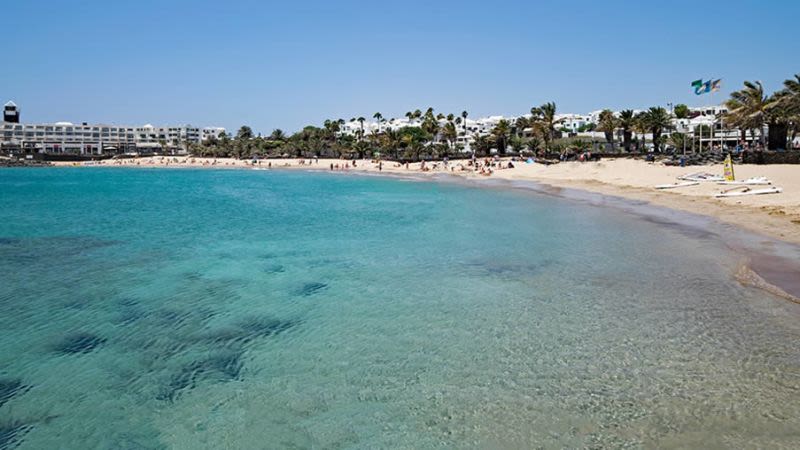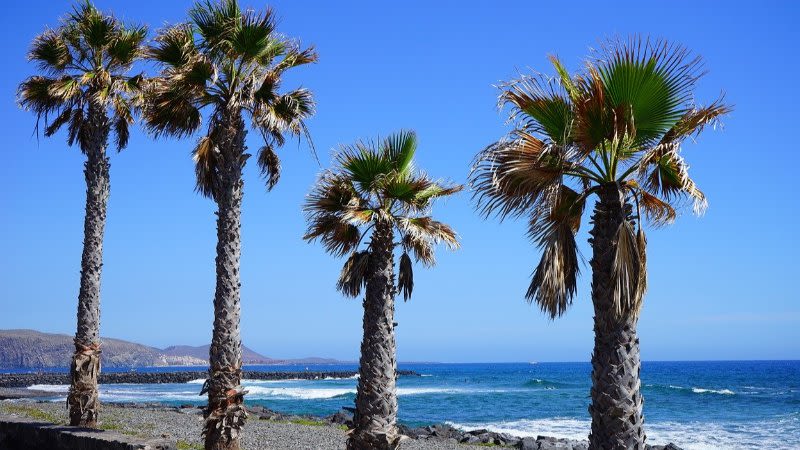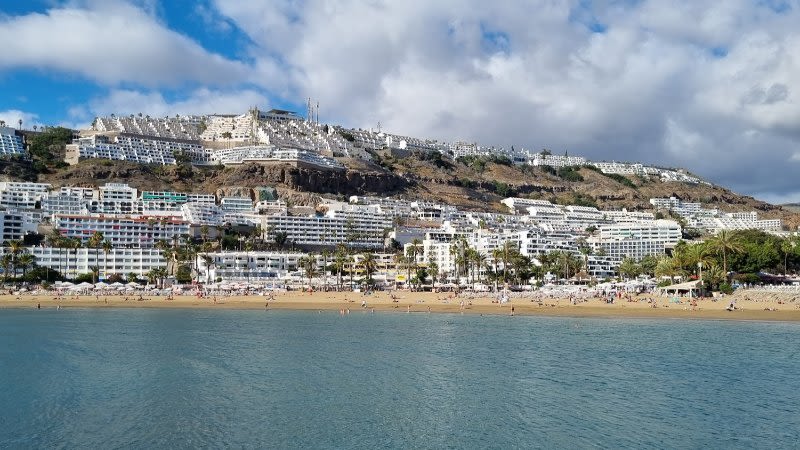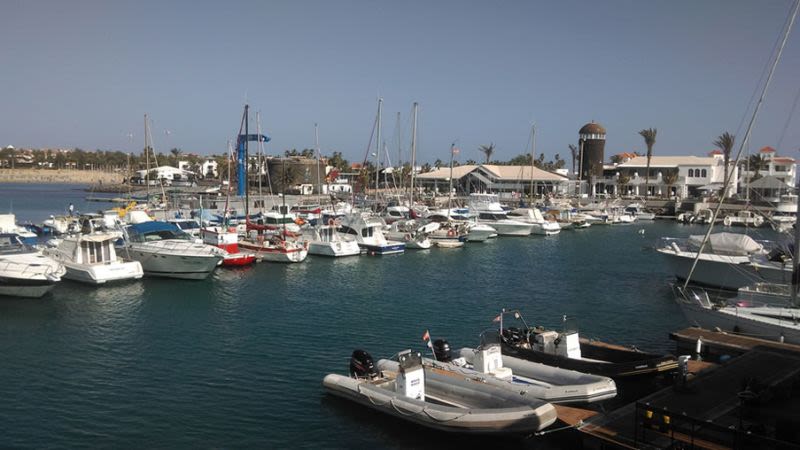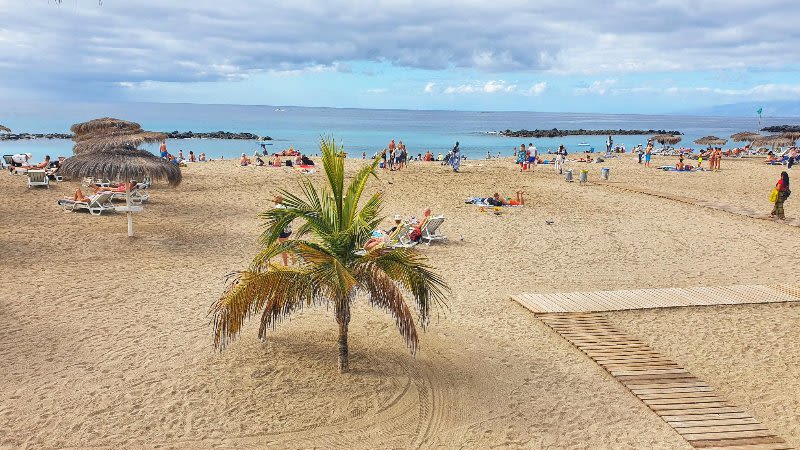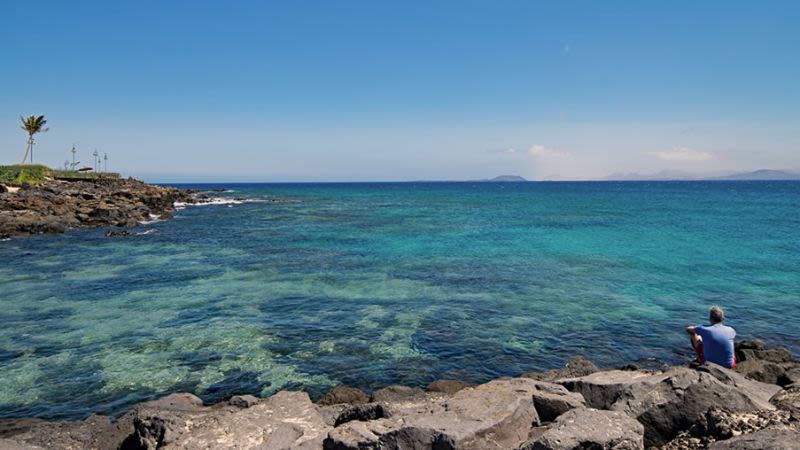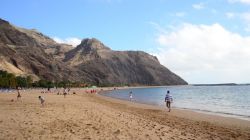Gran Canaria drops to Level 3, Tenerife stays at Level 4

The Ministry of Health has agreed this Thursday, August 26, after analyzing the evolution of epidemiological data, to drop the alert level in the case of Gran Canaria from level 4 to level 3.
Tenerife continues at level 4; Fuerteventura at level 3; La Palma, Lanzarote and La Graciosa, on level 2; and El Hierro and La Gomera, at level 1. The downward trend of the pandemic indicators continues and the 7-day AI drops 34% compared to the previous week
Notice!
These alert levels and the local traffic lights system in the Canary Islands have nothing to do with UK's own traffic light system.
The Canary Islands also use the traffic lights system to announce the level of local restrictions on each island in the archipelago, based on the rate of new cases registered. This article refers to the local alert level on each island, which is assessed weekly by the Government of the Canary Islands.
Current Alert Levels in the Canary Islands:
- Alert Level 1: El Hierro, La Gomera
- Alert Level 2: Lanzarote, La Graciosa, La Palma
- Alert Level 3: Gran Canaria, Fuerteventura
- Alert Level 4: Tenerife
The Ministry of Health has agreed this Thursday, August 26, after analyzing the evolution of epidemiological data, to lower the alert level for the island of Gran Canaria to level 3 alert due to the improvement of its indicators. The rest of the islands remain at the same alert level as they were for another week. In this way, Tenerife continues at alert level 4; Fuerteventura, at level 3; La Palma and Lanzarote (which epidemiologically includes La Graciosa), at level 2, and La Gomera and El Hierro at level 1.
The changes in levels will take effect tonight from 00:00 on Friday, August 27.
This decision is based on the report of the General Directorate of Public Health which highlights the downward trend of all pandemic indicators both in the Canary Islands as a whole and in each of the islands. The average of the Accumulated Incidence rate at seven days in the Autonomous Community as a whole and in the islands decreases by 34% compared to the previous week, which corroborates the downward evolution of this indicator, going from a daily average of 139.5 cases per 100,000 inhabitants to 92.5 cases per 100,000 inhabitants this week.
The report highlights that from August 18 and until August 24, 1,771 cases were reported, which represents a decrease in the daily average of the number of reported cases of around 29% compared to the previous week. All the islands have followed this pattern, except Fuerteventura, which has remained stable this week.
In relation to the rates of AI7d in the population aged 65 and over, a decrease is observed both in the Autonomous Community as a whole and on each island. In Tenerife the rate is at high risk, in Gran Canaria it ranges from high to medium, in Fuerteventura it is at medium risk and in the rest of the islands the level is low or very low.
Regarding the characterization of the variants that are circulating in the Canary Islands, according to the data of the last epidemiological week, it is estimated that 86.3% are probable Delta (B.1.617.2), 1.5% Alpha (B .1.1.7) and 0.2 Beta (B.1.351) / Gamma (P1).
SEE ALSO

